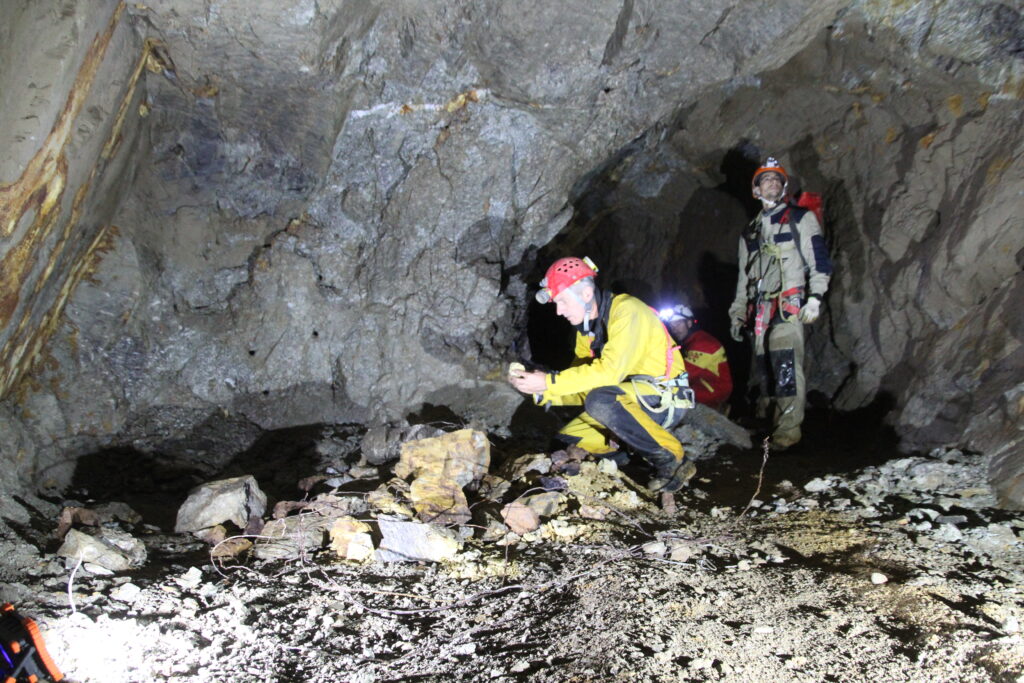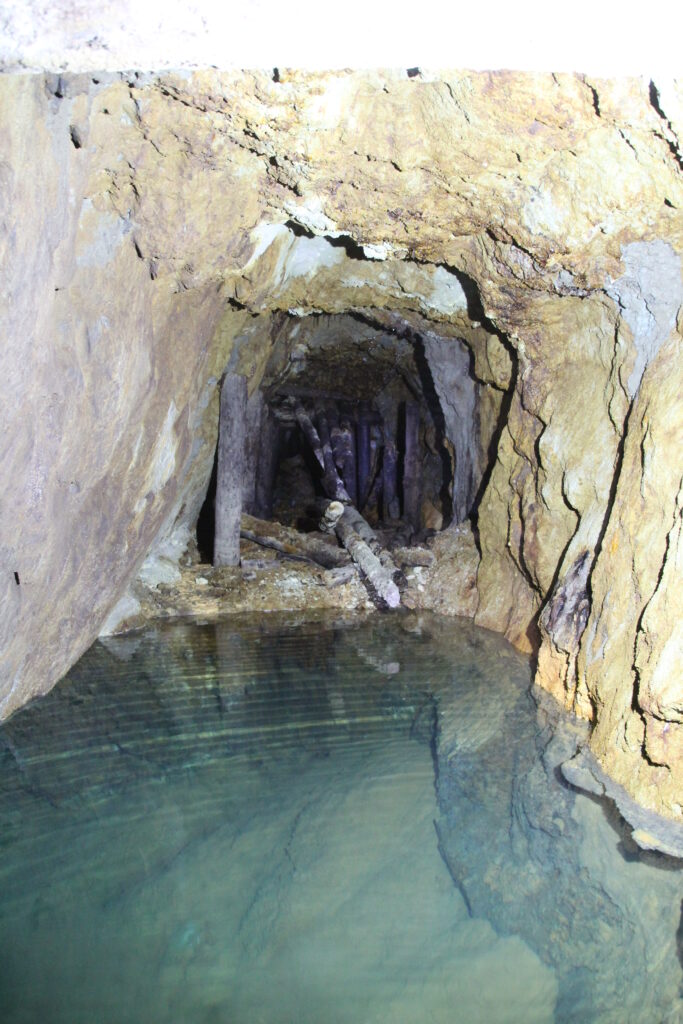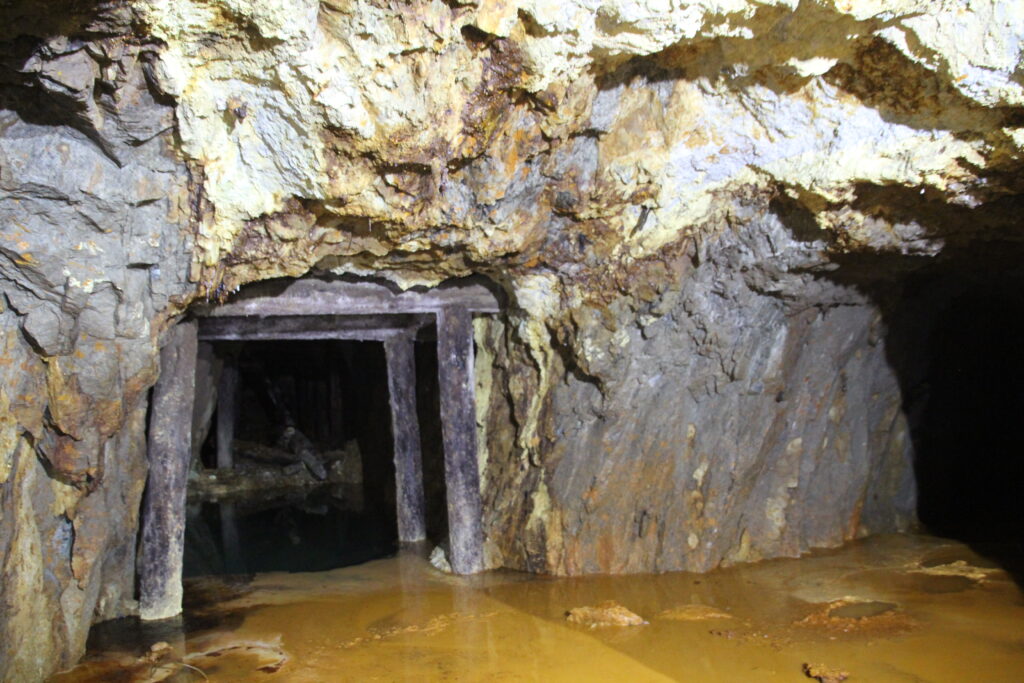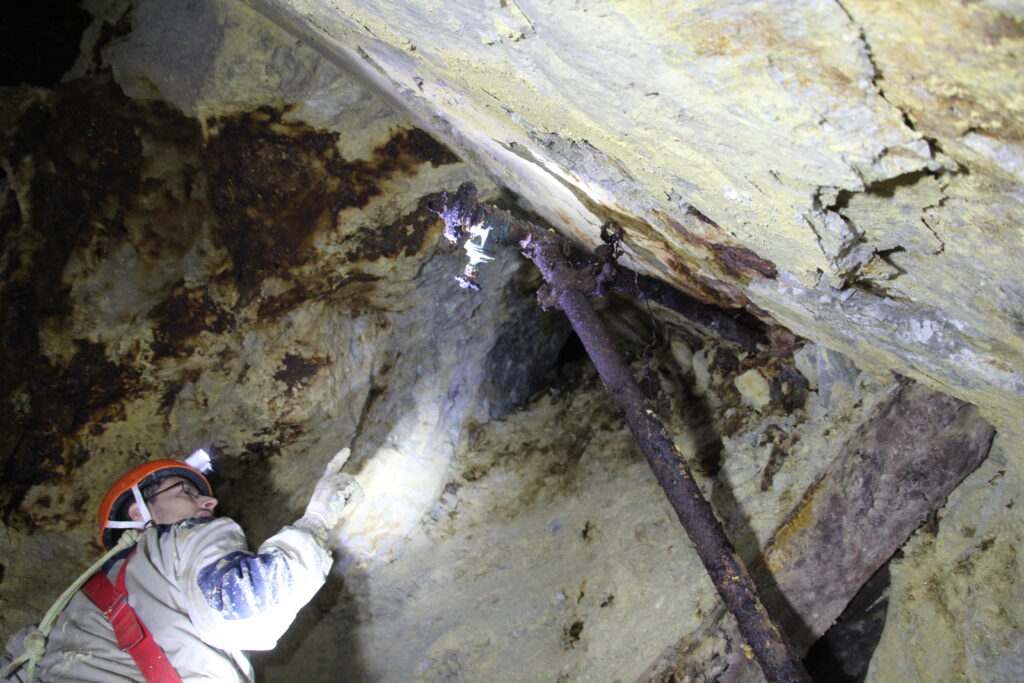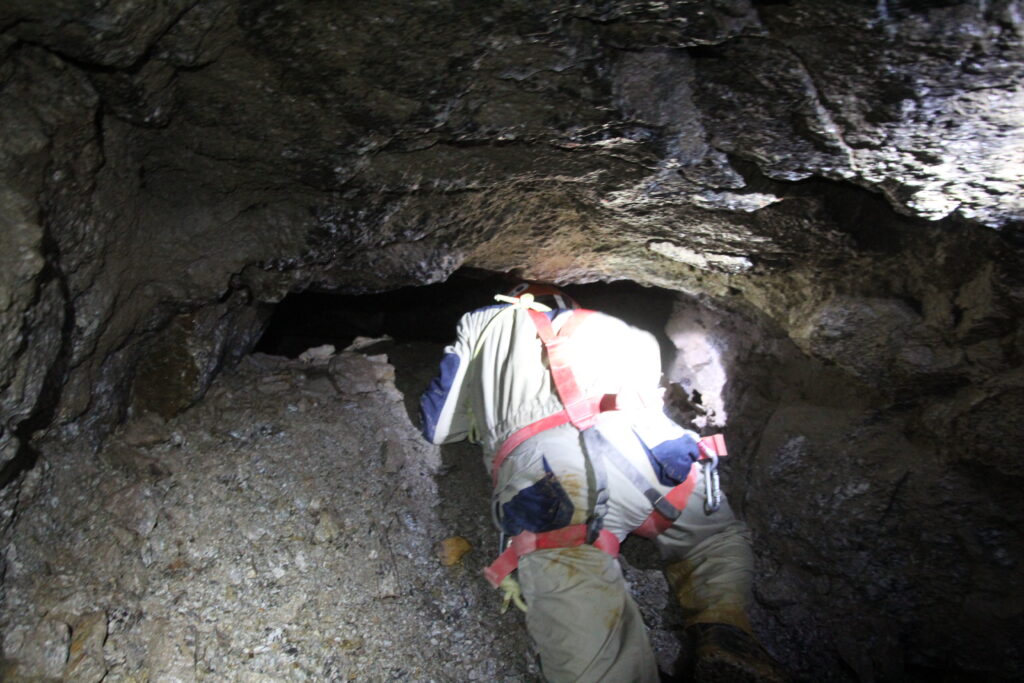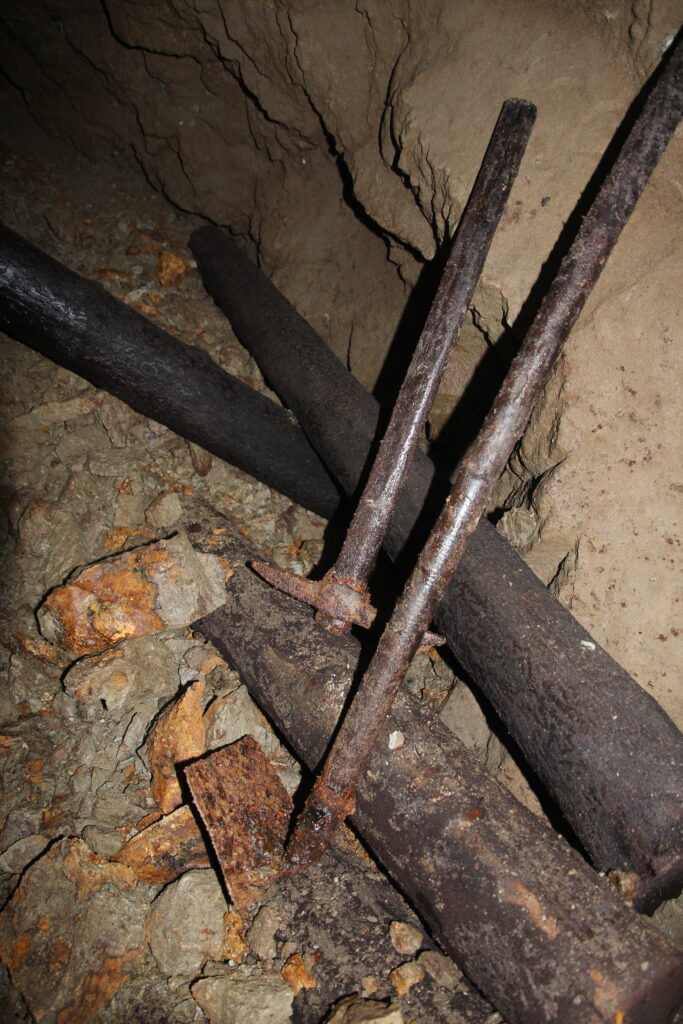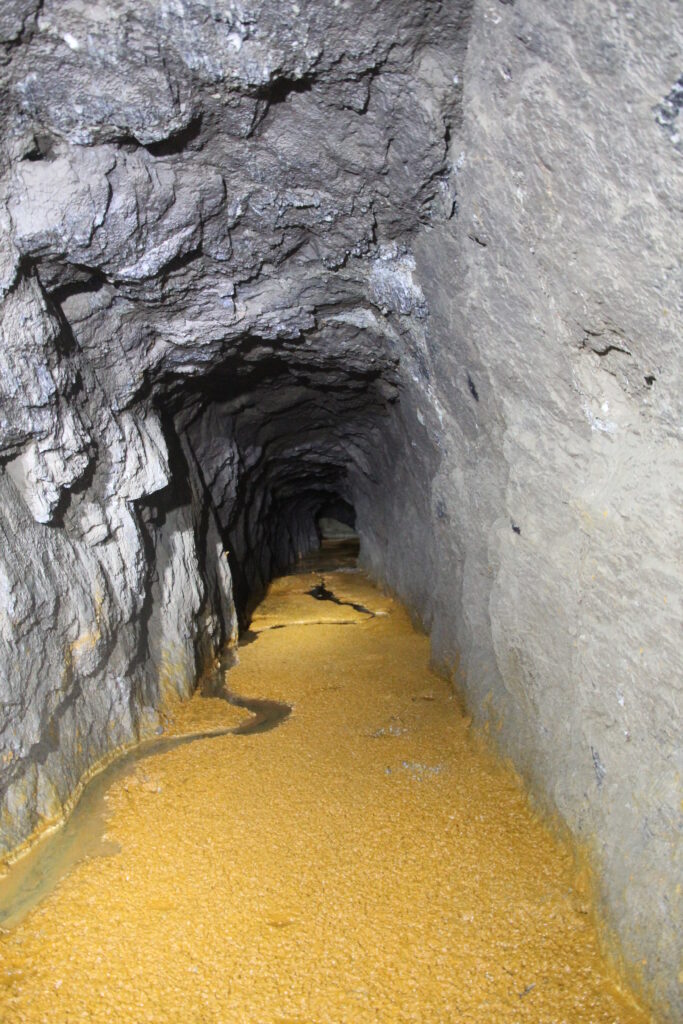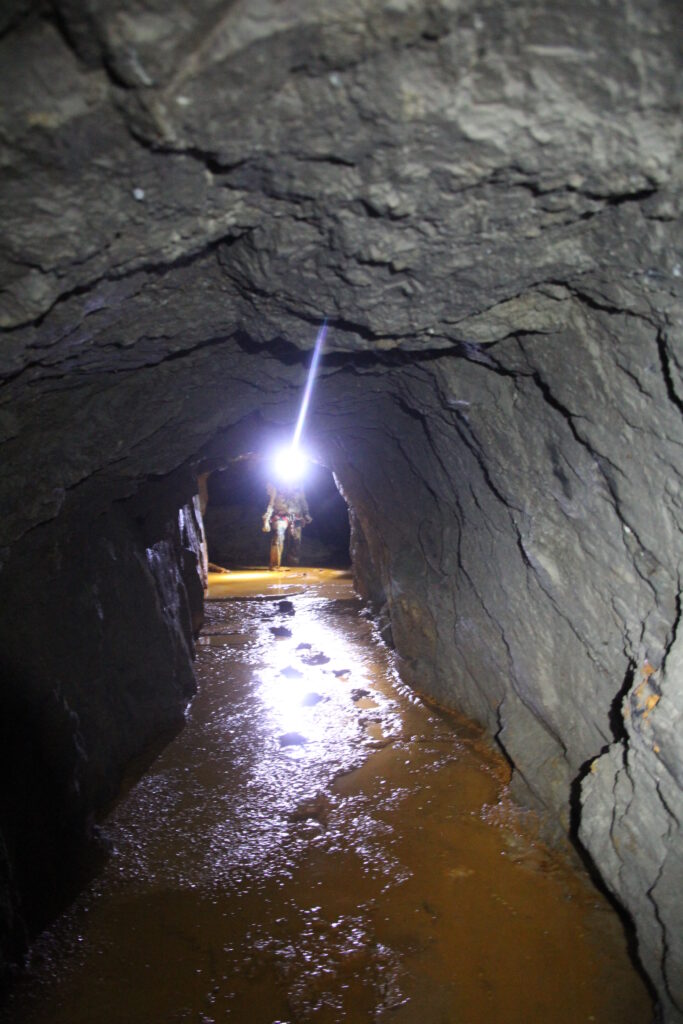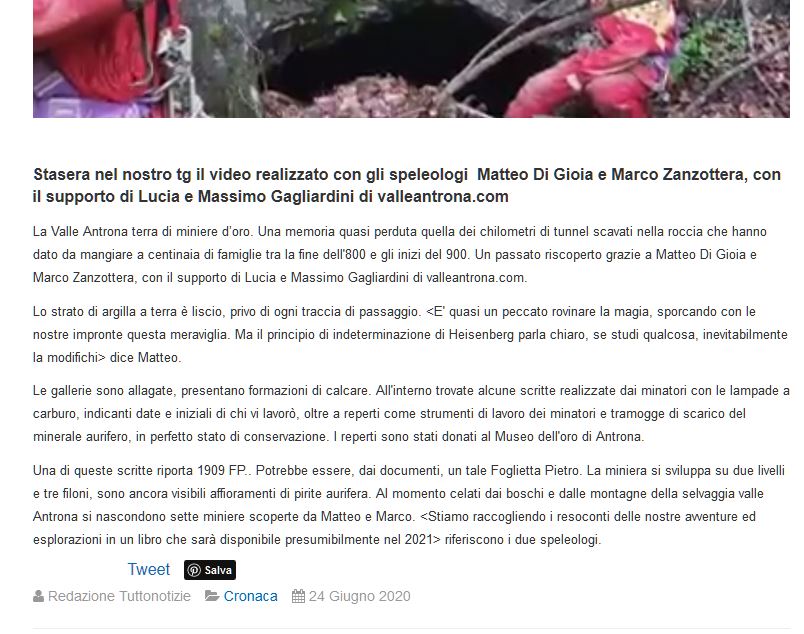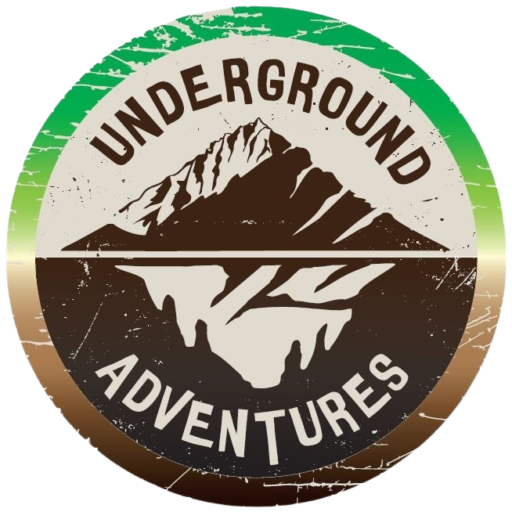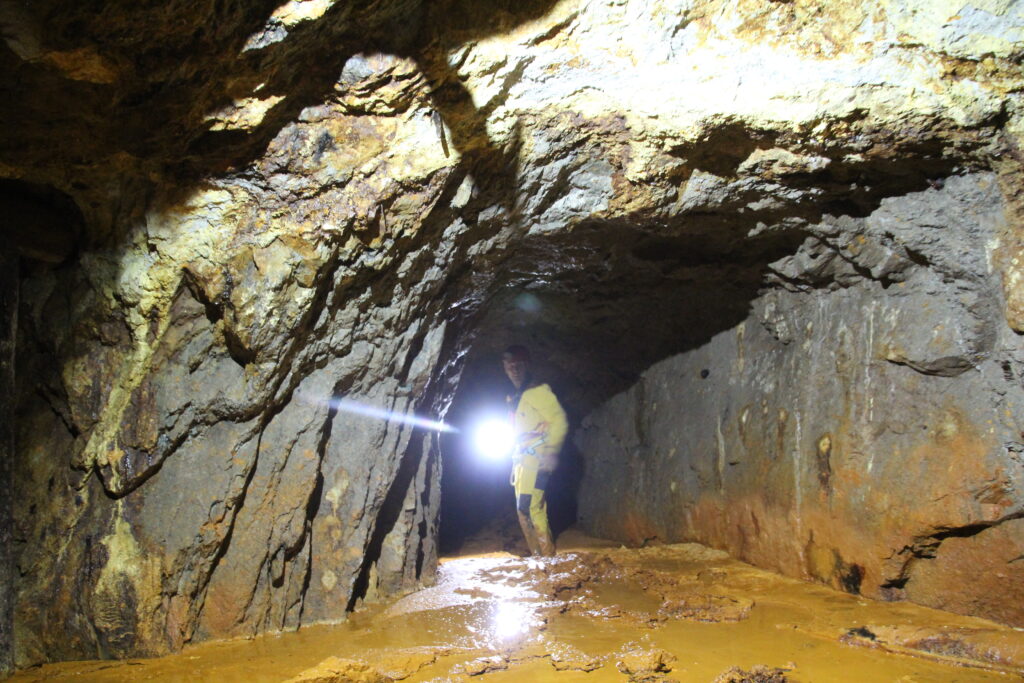
In 2018 our Team, Underground Adventures, led by Matteo Di Gioia, began the search to find the main 10 gold mines of the Antrona Valley, located in Piedmont and more precisely at the foot of Monte Rosa.
In fact, from a geological and depositological point of view, it reaches the Antrona valley.
The mineralized veins of this valley are in fact bordering the geological unit of the Monte Rosa massif, and share its genesis and age with those of the Anzasca valley.
Initially, the work was carried out entirely and for the duration of about a year, on historical documents.
The goal was to understand the location of the entrances and the extent of the mining complex.
It has been a long and painstaking work, and it is thanks to the study and the intersection of information, found on hundreds of often contradictory and incomplete documents, that we have, in mid-2019, concrete data and relatively precise indications about the position of the entrances.
At that point, field research began, which turned out to be anything but simple.
After 2-3 months of searching through woods, rocky ridges, and inaccessible areas, finally the discovery of the first lost mine, the one that documents call “Toni”.
On the day of discovery, a sultry and hot day, we were following what appeared to be the vestiges of an ancient path.
On it, landslides, fallen trees and vegetation almost completely hid it.
After about two hours, the encounter with a first ruin made us understand that we were on the right track.
It was probably a carpentry or some building with a similar function, which served as a workshop for the work of the mine.
A short distance away, the building that could have been the foreman or guardian was easily recognizable by the presence of the fireplace and other interior details.
The ruins of the start of the cableway, with the iron beams still embedded in the rock, removed all doubts.
We were close, but something was missing.
Going forward, in fact, the path, previously wide, disappeared, giving way to thick vegetation.
It was thanks to Layla, the Czechoslovakian wolf who always follows us in our research outings that we found it.
As we retraced our steps after losing the path, Layla sneaked into a narrow hole that we hadn’t seen previously due to a lot of debris.
It was the main entrance.
Flooded and internally collapsed, it led to the first empty mining space.
From here, following a tunnel across the bank, we entered the rest of this lost mine.
Unexplored and uncontaminated by human presence, it has remained exactly as history left it, with shovels, a pickaxe, drill bits and a wooden wheelbarrow still in place, left where the last miner had left them.
In the powder magazine, a chest of about 90 x 50 centimeters entirely made of wood, still occupied its place despite the past 100 years.
The tunnels led to the heart of this mine, a fantastic flooded well, where even with the powerful lights of our torches we could not see the bottom.
Below you can read the articles and videos that talked about this discovery.
Subsequently, we went to the other mines, which the documents mentioned but which, apart from the main ones, nobody knew.
It took another months of research and insights, which led us to make an exciting journey up these fantastic and wild mountains.
Journey that has paid off.
At the end of 2020 we had in fact found all the main 10 gold mines in the Antrona valley.
Photo Gallery
